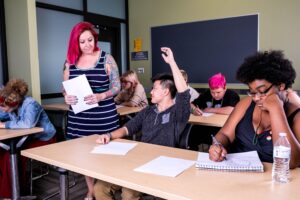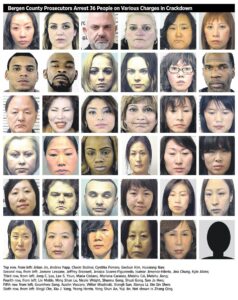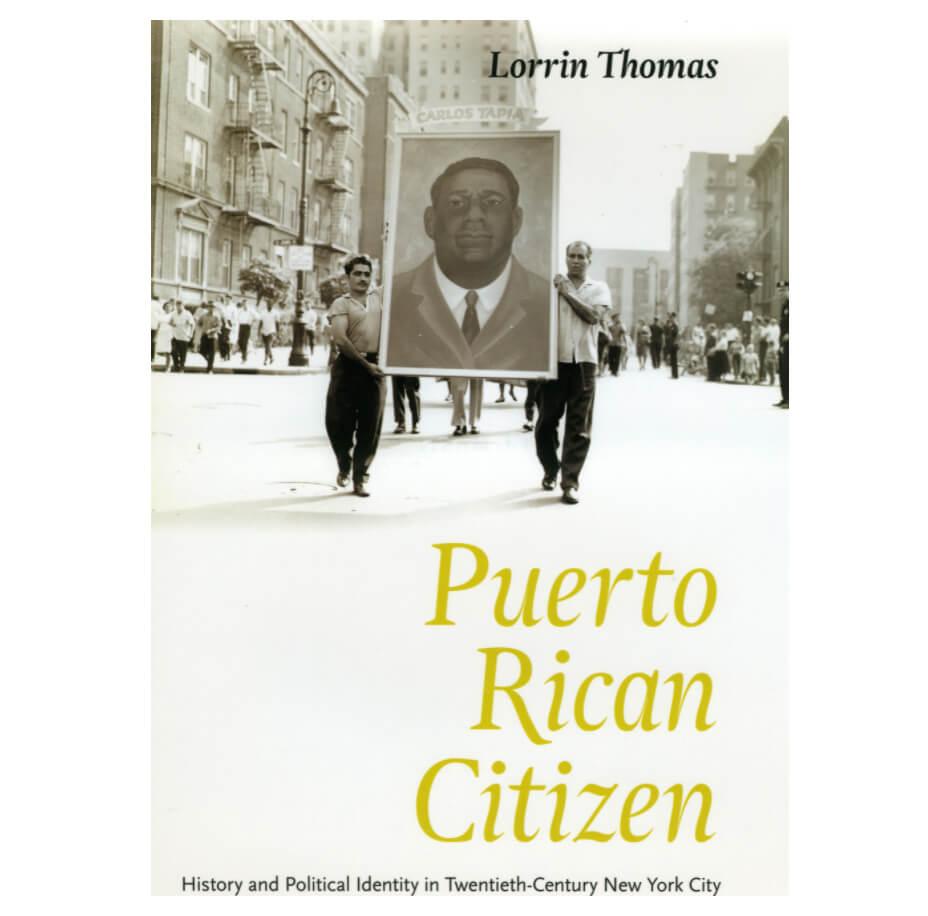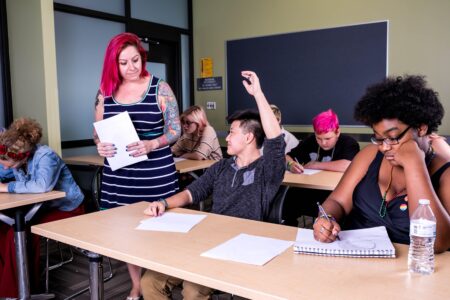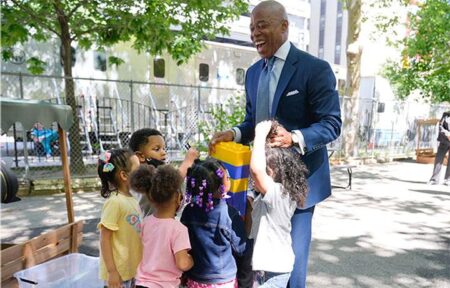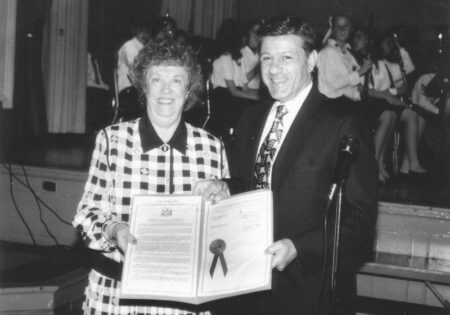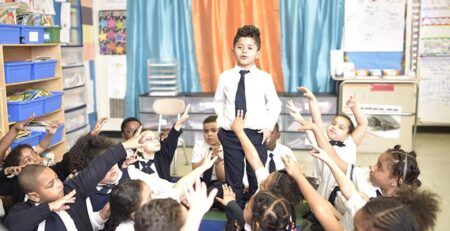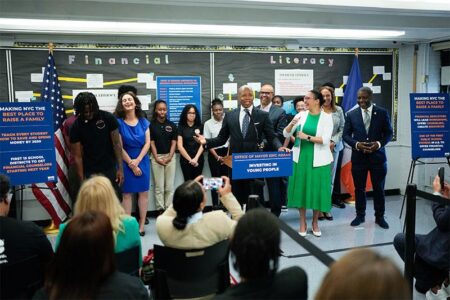Reimagining Puerto Rican Identity in New York: Beyond Language Boundaries
Language: A Dual Role in Puerto Rican New York Communities
For Puerto Ricans residing in New York, language functions as both a unifying force and a potential source of division. Spanish continues to be a cornerstone of cultural identity, especially among older generations and recent migrants from the island, offering a comforting link to shared traditions and heritage. Conversely, many younger Puerto Ricans, born or raised in New York, predominantly use English, navigating a complex relationship with their ancestral tongue. This bilingual reality sometimes leads to generational divides, where language preferences can influence feelings of inclusion or alienation within families and communities.
Typical patterns within these communities include:
- Generational language differences, with elders favoring Spanish and youth leaning toward English
- Frequent code-switching, blending Spanish and English seamlessly in daily interactions
- The impact of language on education and access to resources, shaping identity and social integration
| Language Aspect | Community Role | Illustrative Examples |
|---|---|---|
| Spanish | Maintains cultural roots and strengthens familial ties | Celebrations like Three Kings Day, oral storytelling, traditional music |
| English | Enables educational advancement and professional growth | School curricula, workplace communication, mainstream media |
| Code-switching | Embodies bicultural identity and nuanced self-expression | Casual conversations, social media interactions, community events |
Unpacking the Multifaceted Puerto Rican Identity in New York
Puerto Rican identity in New York is a rich mosaic that extends well beyond language proficiency. While Spanish remains a vital cultural link, the communityŌĆÖs identity is often expressed through a fluid blend of English and Spanish, reflecting their bicultural environment. This linguistic interplay is just one thread in a broader cultural fabric woven from shared histories, culinary traditions, family values, and political engagement influenced by both Puerto Rican heritage and New YorkŌĆÖs urban landscape.
Key elements that shape this identity include active community participation and intergenerational relationships. Many individuals feel a profound connection to Puerto RicoŌĆÖs historical struggles and achievements, which they honor through involvement in activism, cultural festivals, and artistic expression. The table below highlights some foundational components of identity among Puerto Ricans in New York:
| Identity Element | Importance | Representative Example |
|---|---|---|
| Family Customs | Ensures cultural continuity across generations | Preparing arroz con gandules during family gatherings |
| Community Activism | Links to Puerto RicoŌĆÖs political and social history | Engagement in the Puerto Rican Day Parade and local advocacy groups |
| Linguistic Flexibility | Represents bicultural identity and adaptability | Use of Spanglish in everyday speech and media |
| Artistic Expression | Conveys cultural pride and resilience | Salsa performances, mural art in neighborhoods like East Harlem |
Ultimately, the Puerto Rican experience in New York is a dynamic interplay between preserving tradition and embracing change. This balance sustains a vibrant identity that resonates across generations, embodying resilience, pride, and a profound sense of belonging.
Balancing Cultural Heritage and Assimilation Challenges
Puerto Rican communities in New York often face the challenge of maintaining their cultural heritage while adapting to the dominant American culture. Language, though crucial, is only one facet of this complex identity. Families frequently navigate the tension between promoting English proficiency for better socioeconomic opportunities and preserving Spanish as a vital cultural link. Elders emphasize bilingualism as a form of cultural strength, encouraging younger generations to embrace both languages.
Community organizations and leaders are instrumental in creating environments where cultural traditions flourish despite assimilation pressures. Efforts to sustain identity extend beyond language and include:
- Annual cultural festivals and musical events that unite diverse age groups
- Oral history initiatives that document personal and collective narratives of resistance and resilience
- Educational programs highlighting Puerto Rican contributions to New YorkŌĆÖs cultural landscape
- Support for local enterprises that promote traditional crafts and culinary arts
These multifaceted strategies reinforce a resilient cultural identity, demonstrating that for many Puerto Ricans in New York, heritage preservation is an ongoing, collective endeavor enriched by customs and shared experiences.
Promoting Bilingual Education and Community Involvement
In neighborhoods with strong Puerto Rican presence, bilingual education initiatives serve as crucial platforms for cultural preservation and intergenerational connection. Schools and community centers increasingly offer programs that not only teach Spanish and English but also celebrate the cultural stories and traditions embedded within these languages. These initiatives actively engage families, elders, and youth, reinforcing the inseparable link between language and cultural identity.
Highlights of these community-driven programs include:
- Storytelling workshops featuring Puerto Rican legends and historical accounts
- Cultural arts and culinary classes conducted bilingually to foster pride and understanding
- Immersive summer camps focused on practical language skills and cultural heritage
| Program Type | Age Group | Primary Focus | Community Benefit |
|---|---|---|---|
| Language & Culture Workshops | All ages | Preserving heritage | High impact |
| After-school Bilingual Classes | 6-14 years | Language proficiency | Moderate impact |
| Youth Leadership Forums | 15-21 years | Identity development and advocacy | Significant impact |
Final Thoughts
Within the vibrant Puerto Rican community of New York, language remains a significant yet singular thread in the broader tapestry of identity. As this community continues to evolve, their sense of self transcends linguistic boundaries, shaped by a rich blend of history, cultural practices, and lived experiences. Recognizing this complexity is essential to appreciating the diversity and depth of the Puerto Rican diaspora. Language is important, but the essence of identity lies in the enduring spirit, resilience, and pride that define this community.

